
Although we enjoy the warmth of the fireplace, the odors can be unpleasant. With simple tricks like vinegar, salt, or baking soda, you can keep your home fresh and cozy.
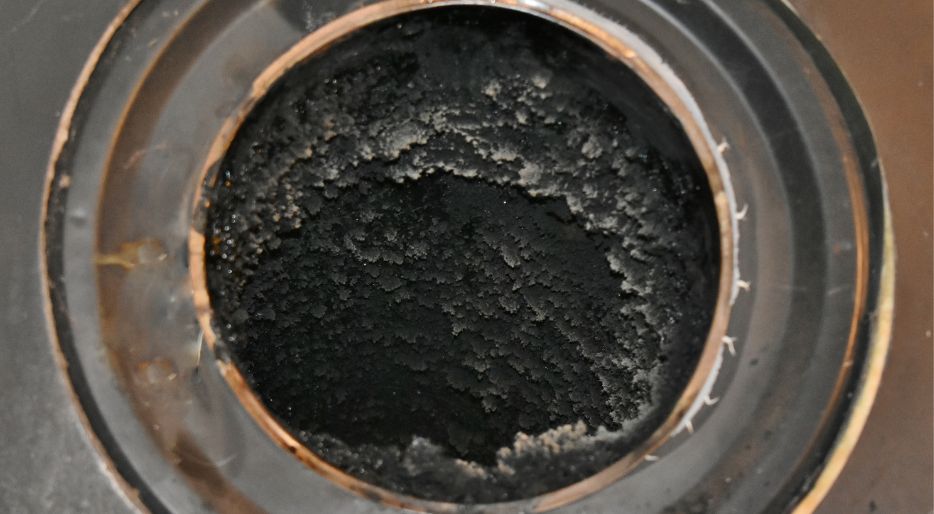
You may have heard of soot, especially if you have a fireplace at home. Soot is one of the most common components in chimneys, but did you know that it can be dangerous?
Soot is directly related to smoke, but they are very different things. Both are formed from incomplete combustion. When smoke begins to form and starts to circulate in the chimney, it sticks in different places, such as in the chimney flues. When it sticks in these ducts, the smoke turns into a very sticky, black, greasy powder, soot.
It should be noted that soot is a component that generates a very strong smell and we must know how to remove the smell of soot from the house.
If you have a fireplace or wood stove at home, it is important to know that soot can cause different problems.
We tell you all about it below!
Soot is a pollutant that originates from the incomplete combustion of some hydrocarbons. It consists of carbon particles, acids, chemicals, metals and some dust. A fire with low oxygen or damp wood is more likely to generate more smoke. This smoke contains harmful particles which, together with the contained water vapour, form soot.
It should be noted that soot is a component that generates a very strong smell and we must know how to remove the smell of soot from the house.
The most important areas where soot is generated are diesel engines and exhaust pipes. It also arises from the use of grills, barbecues, cookers, cookers and fireplaces, as well as from oil refineries and fires.
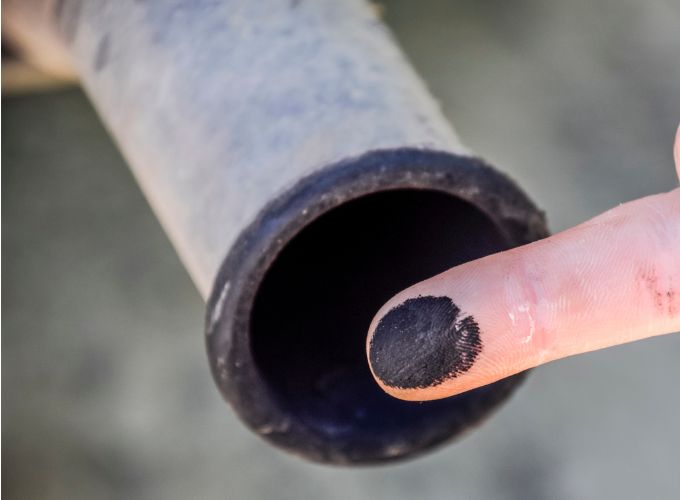
Soot appears when chimneys are in poor condition or are not sufficiently ventilated.
These residues are hazardous components for our health and should not come into contact with humans. Soot enters the body through the respiratory tract, mouth, skin or eyes and can cause various ailments and diseases.
For this reason, it is very important to maintain chimneys properly and to clean and sweep them.
Having a dirty chimney in your home is a risk.
The chimney regulations require preventive maintenance with the corresponding cleaning of the chimney flues at least once a year. It is also important to remove debris once a week when the chimney is in constant use. Cleaning the chimney both inside and out is essential, we recommend you read our post on “How to clean the chimney glass“.
In Spain, for example, there is no clear legislation in this regard, although the new “Regulations on Technical Installations in Buildings” states: “the checking and cleaning, if necessary, of flues and chimneys once a season (year) for installations of less than 70 kW and twice for installations of more than 70 kW“.
We would like to point out that chimney cleaning should be carried out by a professional chimney sweep.
The first step is to protect yourself with gloves, goggles and a mask. Secondly, it is essential to know the tools you are going to use: specialised tools such as hard bristle brushes or chemical products such as chimney sweeping trunks.
Finally, we recommend that you sweep the chimney before the start of the season. After the summer is the best time to clean the chimney. This way, you can start to light the chimney safely and free of soot.
In future posts we will tell you in more detail how to sweep a chimney.
Visit our online fireplace shop here
Articles of interest:
Did you like this article? If so, help us spread the word 😊 . Click on the buttons below and… feel free to share it on your social networks!
Thank you very much!
↓ ↓ ↓ ↓

Although we enjoy the warmth of the fireplace, the odors can be unpleasant. With simple tricks like vinegar, salt, or baking soda, you can keep your home fresh and cozy.
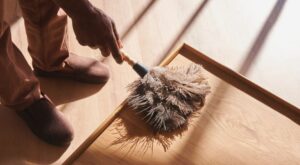
How to avoid dust in the house when using a wood stove: tips and tricks for a clean and healthy home
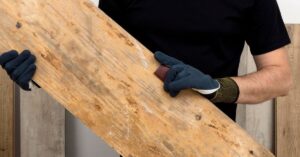
Learn how to remove mould from your wood for use by following the steps in this article.
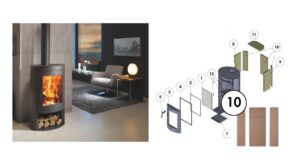
All you need to know: what it is, uses and benefits of wood stoves
To provide the best experiences, we use technologies like cookies to store and/or access device information. Consenting to these technologies will allow us to process data such as browsing behavior or unique IDs on this site. Not consenting or withdrawing consent, may adversely affect certain features and functions.